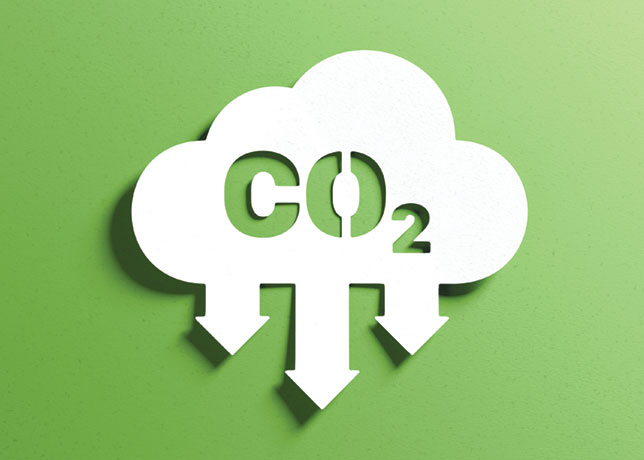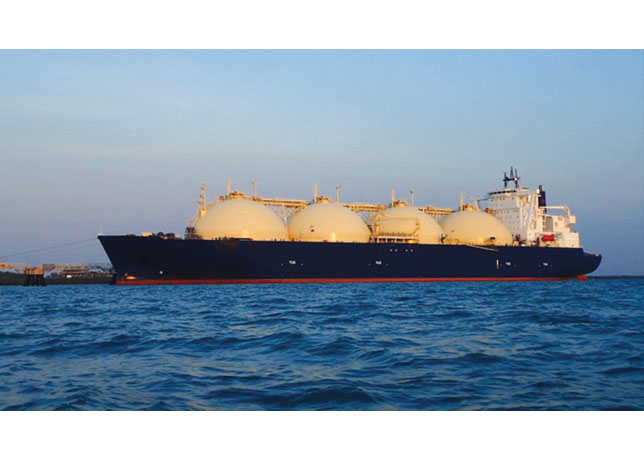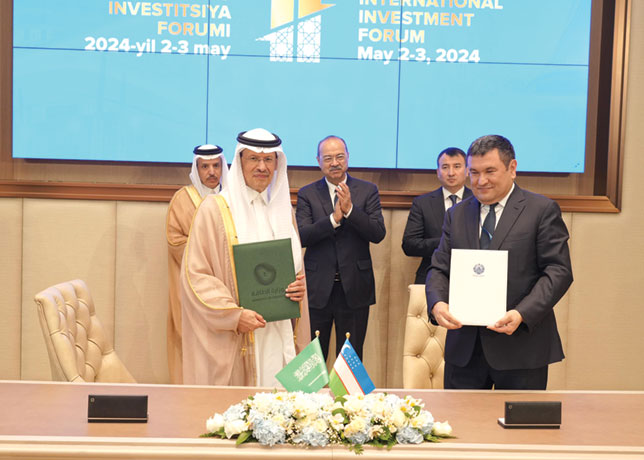
 BECCS could address 60 per cent of Germany's emissions
BECCS could address 60 per cent of Germany's emissions
Technological measures to remove carbon dioxide from the atmosphere face significant economic and institutional hurdles in Germany said a research team led by the Helmholtz Centre for Environmental Research (UFZ) and the GEOMAR Helmholtz Centre for Ocean Research Kiel, stated Clean Energy Wire.
The country must employ ecosystem-based measures, such as the restoration of seagrass meadows, the rewetting of peatlands and the reforestation of degraded land, the researchers said.
However, Germany "is quite restricted in terms of area and because we cannot rewet peatlands or reforest large areas indefinitely," co-author Johannes Förster said.
Technological solutions that significantly increase the country's CO2 removal potential therefore must play a part in an effective removal strategy, the researchers said.
Researchers have discovered that measures with higher CO2 removal potential, such as bioenergy and CO2 storage (BECCS), could address up to 60 per cent of Germany's residual emissions.
However, these methods have high environmental impacts, are costly, and often compete for resources.
Direct air capture (DACCS) is not yet a mature technology, and the hurdles of public opposition, a lack of regulatory framework, and costs are significant.
The researchers presented a traffic light color system to rate the regulatory status of removal options, with red indicating high hurdles, yellow indicating medium level, and green showing low hurdles.
The European Union and Germany are working towards reaching climate neutrality by 2050, which requires capturing emissions from certain industrial processes and storing them underground (CCS).
This could be achieved through nature-based methods like reforestation or technological solutions like direct air capture (DAC).












































































